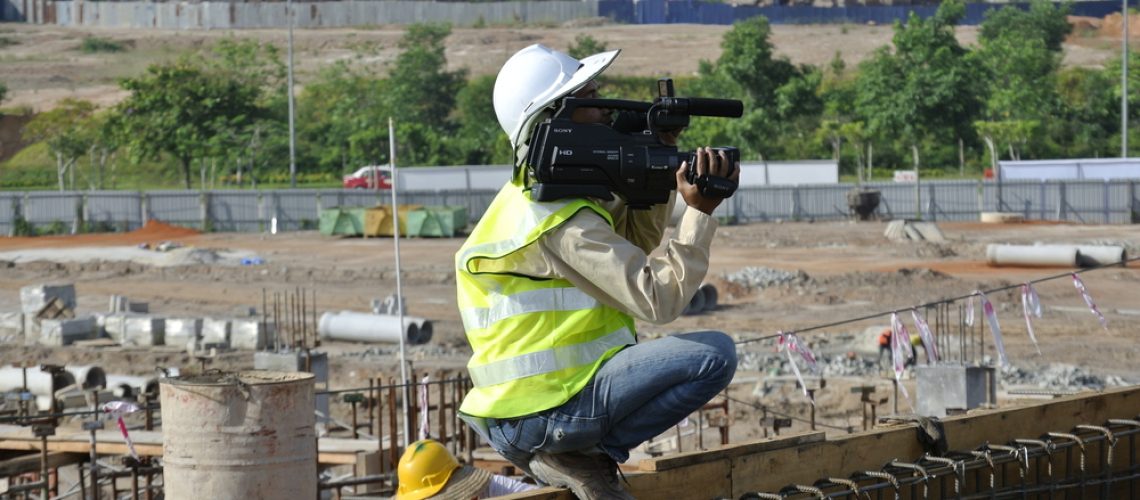-
Outcomes
Latest Blog Posts
 Essential Strategies for L&D Teams in Today’s Workplace by Cultivating Diversity and Inclusion
Essential Strategies for L&D Teams in Today’s Workplace by Cultivating Diversity and Inclusion -
Products
ProductsLatest Blog Posts
 Essential Strategies for L&D Teams in Today’s Workplace by Cultivating Diversity and Inclusion
Essential Strategies for L&D Teams in Today’s Workplace by Cultivating Diversity and Inclusion -
Customers
Latest Blog Posts
 Essential Strategies for L&D Teams in Today’s Workplace by Cultivating Diversity and Inclusion
Essential Strategies for L&D Teams in Today’s Workplace by Cultivating Diversity and Inclusion -
Resources
Latest Blog Posts
 Essential Strategies for L&D Teams in Today’s Workplace by Cultivating Diversity and Inclusion
Essential Strategies for L&D Teams in Today’s Workplace by Cultivating Diversity and Inclusion -
Company
Latest Blog Posts
 Essential Strategies for L&D Teams in Today’s Workplace by Cultivating Diversity and Inclusion
Essential Strategies for L&D Teams in Today’s Workplace by Cultivating Diversity and Inclusion

6 min read
• 25 Jul 2023
How to create safety training videos for the construction industry?
Interactive and informative training videos are among the better ways to ensure your employees are safer at construction sites. Here are some useful tips.
-
eBookEmployee Upskilling - A Detailed Blueprint For Building A Skills-Driven Learning Culture
Andrew joins as an operations intern in a construction company. Before starting, he browses the web for a few workplace-safety instructions. He watches a few videos on safety at construction sites and reads some blogs on the topic.
Thanks to this homework, he beams with confidence on his first day.
His manager offers to take him on a health and safety briefing, but Andrew feels there’s no need for that as he’s seen several videos on the topic. To be sure, he even answers some questions posed to him. Impressed, the manager allows him to take a tour by himself. Still beaming, he moves around and handles the equipment on his own. Suddenly,
Thud!!!!!
When he opens his eyes, Andrew finds himself on a hospital bed, with fractured legs and some body injuries. Turned out, he had lifted a heavy log, and after he placed it back, it came back rolling, banging on his back.
‘The online content I watched informed me that the log is heavy and demonstrated how to lift it and place it back. But they didn’t inform me that they could roll back. I shouldn’t have been overconfident. Should’ve known that anything can go wrong.’
Anything can go wrong!
This should be our approach towards safety training. The question is: how often do our trainers consider this?
Online training programs generally tend to focus on equipment and their role. Few courses talk about such unsuspected behaviors.
We often set false expectations in our learners. Our training programs demonstrate only the ideal scenario. They do not discuss less than ideal situation and what happens to people’s safety, and if things go south, how to avoid the injury.
Did we say ‘injury’?
You must be thinking: could we afford such strong words in our courses? Wouldn’t this negativity affect them and spoil the objectives of the training?
When we build learning, we often focus on positive reinforcements, so much so that learners fail to envisage a time where things won’t work out. We flood ourselves with optimism, which is not so bad, but we must talk about wrong decisions and their consequences.
We all seek help from the internet, looking at videos after videos to learn a new concept, procedure or software. But sites where safety is a major concern, learning needs to happen as a result of curiosity, failure, choices and experience.
There are three main considerations that can help to strategize and create safety training videos for the construction industry.
Let’s call it failure assessment in an interactive manner.
Content
When it comes to safety training, we need to consider three failure points:
· Equipment failing
· Human failing
· Nature failing
Equipment Failing
While talking about a machinery, do not boast about its qualities and how many spare parts it has. Your learners may not recall the number of bolts when there’s a crisis. What they should recall is what risks it poses and how to prevent or manage them. So get straight to the business.
You may be tempted to include pointers on how the machinery works, but that’s another training program. Safety training is about how to stay safe; safe from failures.
In Andrew’s case, the videos explained how the log worked and how to lift it, but not the fact that it has the ability to come back to bite you. Pardon the pun.
Talk about machine failure. Why it would fail; and what the common failure trigger points are. And discuss what one should do in such circumstances to be safe.
Remember, the focus is to prevent human injury, and not how to fix the equipment. That’s a different training.
Human Failing
It’s no news that humans fail. We underestimate risks, make errors in judgement, cause lapses. In a typical construction environment, any of these could cause injuries, or may even prove to be fatal.
Create scenarios for such errors and lapses in judgement and show what they can lead to. Create gaming scenarios that show learners making good and bad judgements and their results. Make these mistakes vivid with a lot of attention to detail.
Nature Failing
Well, there is nothing called nature failing, but we all know that it’s quite moody. A serious downpour or a spell of scorching heat can turn your site into a fertile ground for accidents. There may even be catastrophic events such as earthquakes or cyclones.
What are the standard operating procedures in such events? How prepared your business is to handle such situations? Do you have checklists? Daily audits? Inspections? Who is responsible? Who is accountable? Who owns the processes and compliance?
Focusing on such eventualities, peppered with scenarios, etc., would make the training effective and ensure actual safety in the site.
Interactive Videos
Safety training videos are largely What-If programs. The more such situations are created, the more effective they tend to become. You can use the latest technology to create interactive video about risks. You can build realistic scenarios and put learners in the actual problem. Learners’ actions would determine the outcome of the video. This will ensure that the risks are ingrained in minds of the learners.
A case in point is Honda’s Wieden and Kennedy ad about the ‘The Other Side’ . It’s an interactive video that makes the viewers engage with it and look at the other side of the scene by just pressing the “R” key. (Use IE to view this for better results.)
There are a lot of such interactive video programs that you can use to draw inspirations from.
A training is not complete until we ensure that the learner has learnt. That assurance would come only when we assess the learning. It is important for your learners also to be confident of what they learned.
Well, the key question is, how do we assess learning in a video? As shown earlier, videos can be interactive too and you can play with some tricks. Say, pose a question on the video and urge the learners to think about the answer. Let the timer run on screen and then, when the time is up, show the answer.
You can also draw inspiration from National Geographic’s videos. They have videos about survival and depict various scenarios. You’re driving through a forest road and fire is raging on one of your sides. Your vehicle is increasingly becoming hotter.
Then, they throw a question on the screen: What Would You Do? And present three options. Since it’s a video, you can’t choose anything, but the first option is highlighted as if the viewer has chosen it. Then they show the consequence of that choice. Obviously, only one of the three choices have the potential to survive through the forest fire. After depicting what happens if you choose the first option, the options are flashed back and this time, the next option is ‘chosen’, and its consequences are shown.
Needless to say, that the correct choice is always shown in the end and also explained, visually, why it’s the appropriate decision.
Throughout the video, there is no active interaction from the learner, but there is a tremendous amount of engagement. The actual driving, fire, etc. are shown from the POV angle to make the danger much closer to the viewer.
Granted, these don’t come under the technical definition of ‘assessments,’ but they will make the learner self-assess their own readiness for the actual work.
In these scenarios, we encourage the learners to fail and show them their negative consequences. Failure is a strong and lasting emotion and the more they fail in a simulated environment, the more they will succeed in real life.
In Conclusion
Safety training videos are the most important training programs in construction industry, because the success and failure of such programs are measured by whether someone stays safe or not. When your responsibility is to manage a life or death situation, how do you ensure there is total safety and security? And how do you convey that seriousness to your learners without scaring them off?
About the author

Srinaagu Edla
Sri is a seasoned leader with a rich and diverse career spanning over a decade across IT, E-learning, L&D, and Fintech. His forte lies in consultative selling, consistently exceeding sales targets, expanding market presence across various geographies, and cultivating strategic partnerships. With a remarkable track record of launching Disprz in the USA, Europe & APAC markets, Sri is currently driving the company's growth and expansion in USA, dedicated to empowering organizations with innovative, performance-enhancing learning solutions.
More Resources
4 min read
• 15 Apr 2024
Unlocking the Power of Managerial Engagement in Talent Development
4 min read
• 09 Apr 2024
Nurturing Excellence in Building Leadership Pipelines
4 min read
• 09 Apr 2024
Improving “Employee Experience” For Organizational Growth
Sign up to get free resources and stay up to date with Disprz!
Discover how Disprz can align learning and upskilling with your desired business outcomes.




